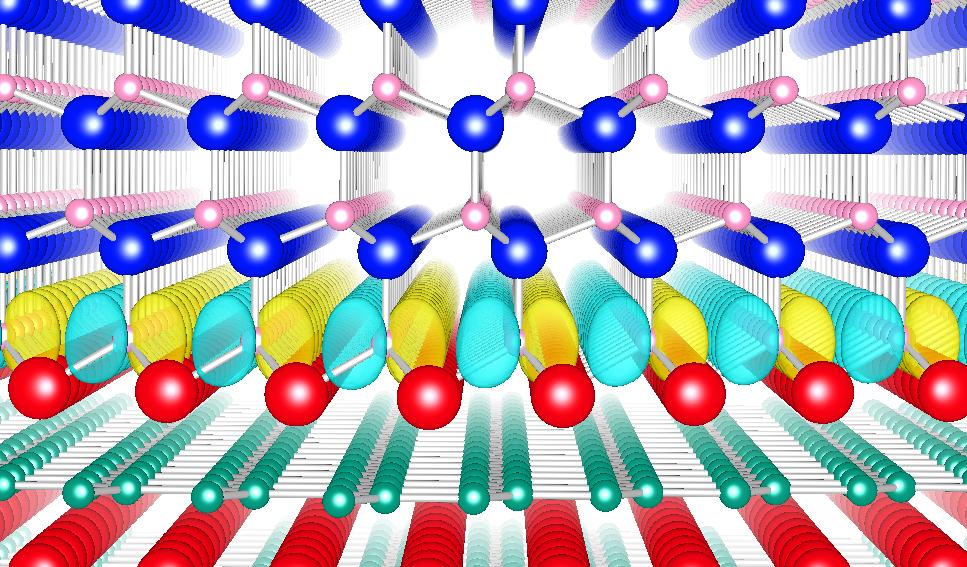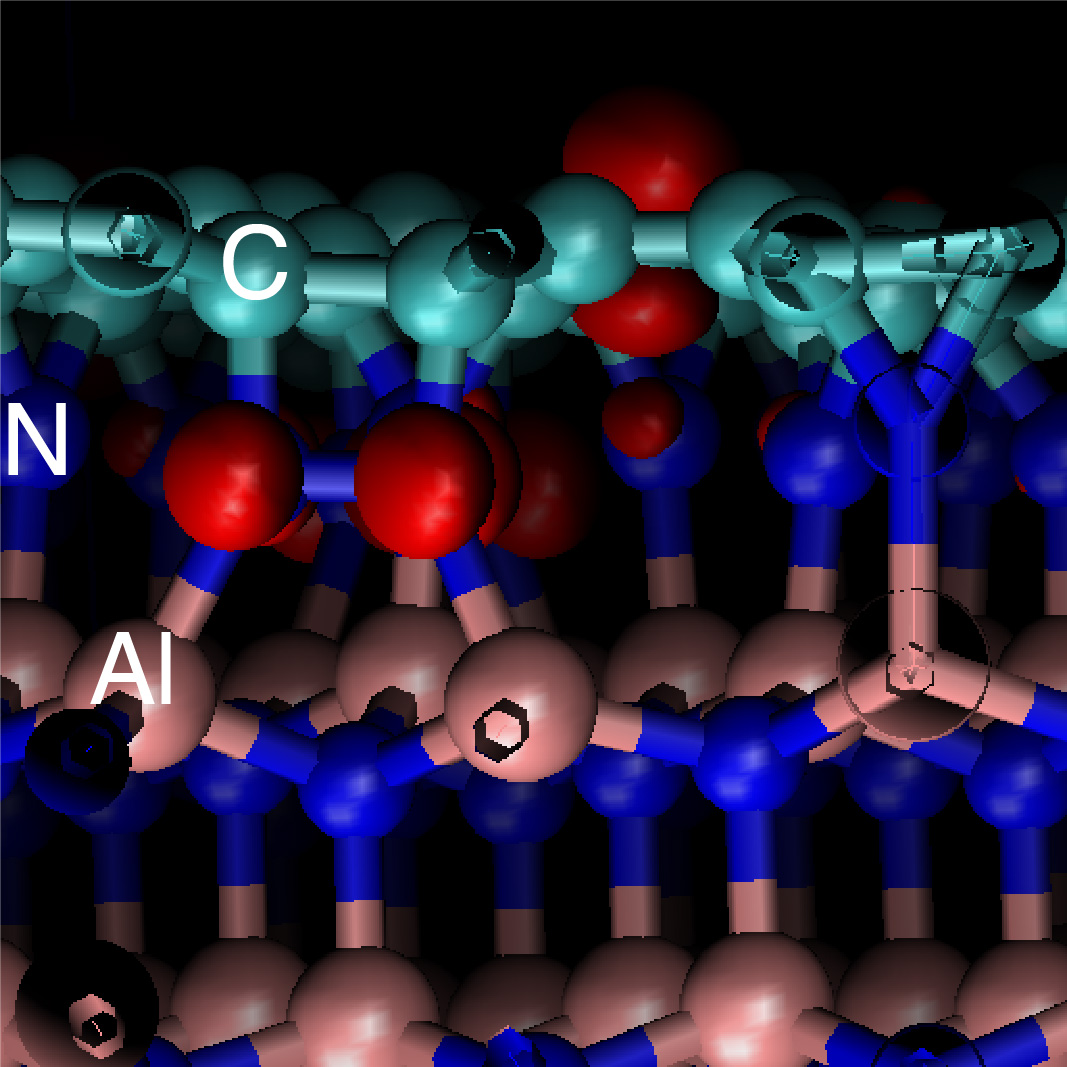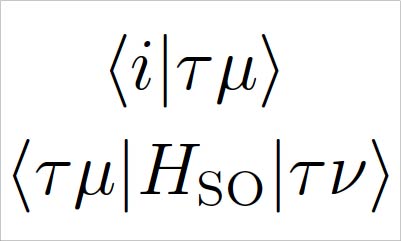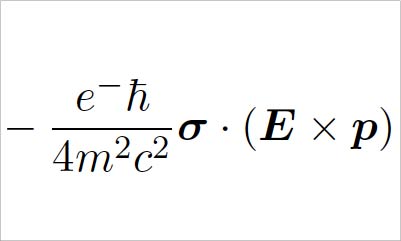Condensed matter theory with first-principles calculations
We conduct research on electronic states governing material properties microscopically by first-principles electronic-structure theory on the basis of quantum mechanics and statistical physics. We perform large-scale computations on world-class supercomputers such as TSUBAME of Science Tokyo, Fugaku of RIKEN, and supercomuters of ISSP to deepen the fundamental understanding of novel material properties as well as to design new materials in a computer. Our targets include microstructure interfaces of hard-magnetic materials and nanostructures relevant for nano-science. We also develop theoretical methods to improve present-day frameworks in electron theory of materials.
- Abstract on free-energy evaluation cosidering spin-phonon, electron-phonon, and spin-electron couplings published in activity report of supercomputer center, ISSP (Apr. 2025).
- Abstract on permanent magnets (Sept. 2024).
- Review article on permanent magnets and finite-temperature magnetism published in Sci. Technol. Adv. Mater. (Feb. 2021).
- Press release on non-dissipative spin current using the Rashba effect (Dec. 2018).
- Review article on permanent magnets published in Mater. Trans. (Jan. 2018).
- Poster of our K-computer project presented in the RIST booth at the SC14 conference (Nov. 2014).
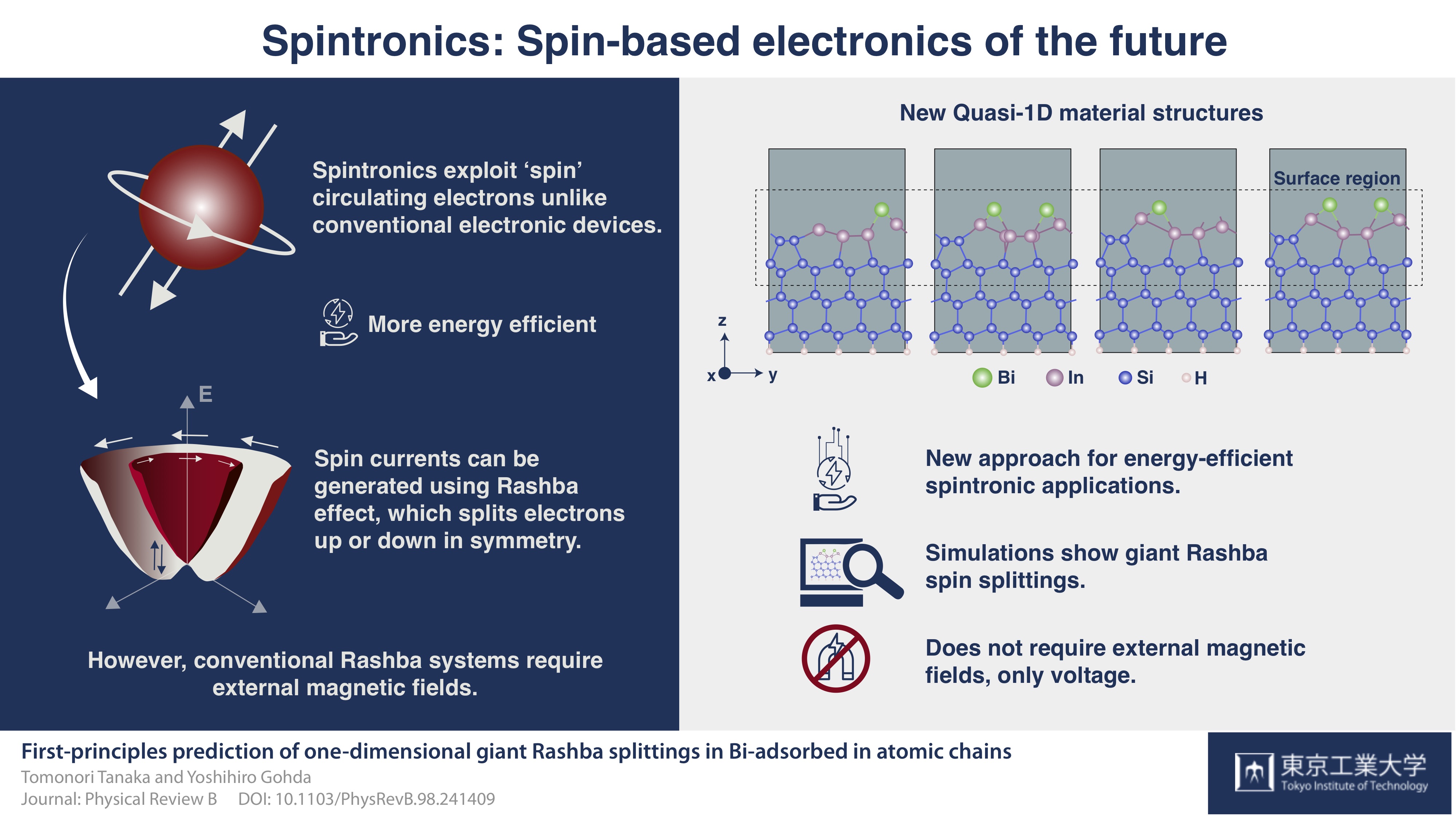
Materials design
You can create a new material in a computer by specifying the number of atoms with specific atomic nubmer.
The optimum arrangement of atoms and the kind of the crystalographic periodicity are obtained
as the results of first-principles calculations on the basis of density funcitonal theory (Nobel Prize 1998).
View publications
Physics of nanostructures
Nanostructures are important in future nanoelectronics.
Their novel properties are unpredictable from those of bulk crystals motivating us to explore.
Our interest includes graphene (Nobel Prize 2010), silicene (analogue of graphene consisting of silicon instead of carbon),
surfaces and interfaces of topological insulators, interfaces of energy critical materials, etc.
View publications
New methodologies
New methodologies will be developed, if conventional methods are not applicable for phenomena of interest.
View publications
Spin-orbit coupling
Quantum states have the spin-degree of freedom and the orbital-degree of freedom.
Their couplings emerge due to effects described by relativistic theory, which are of our current interest.
View publications

